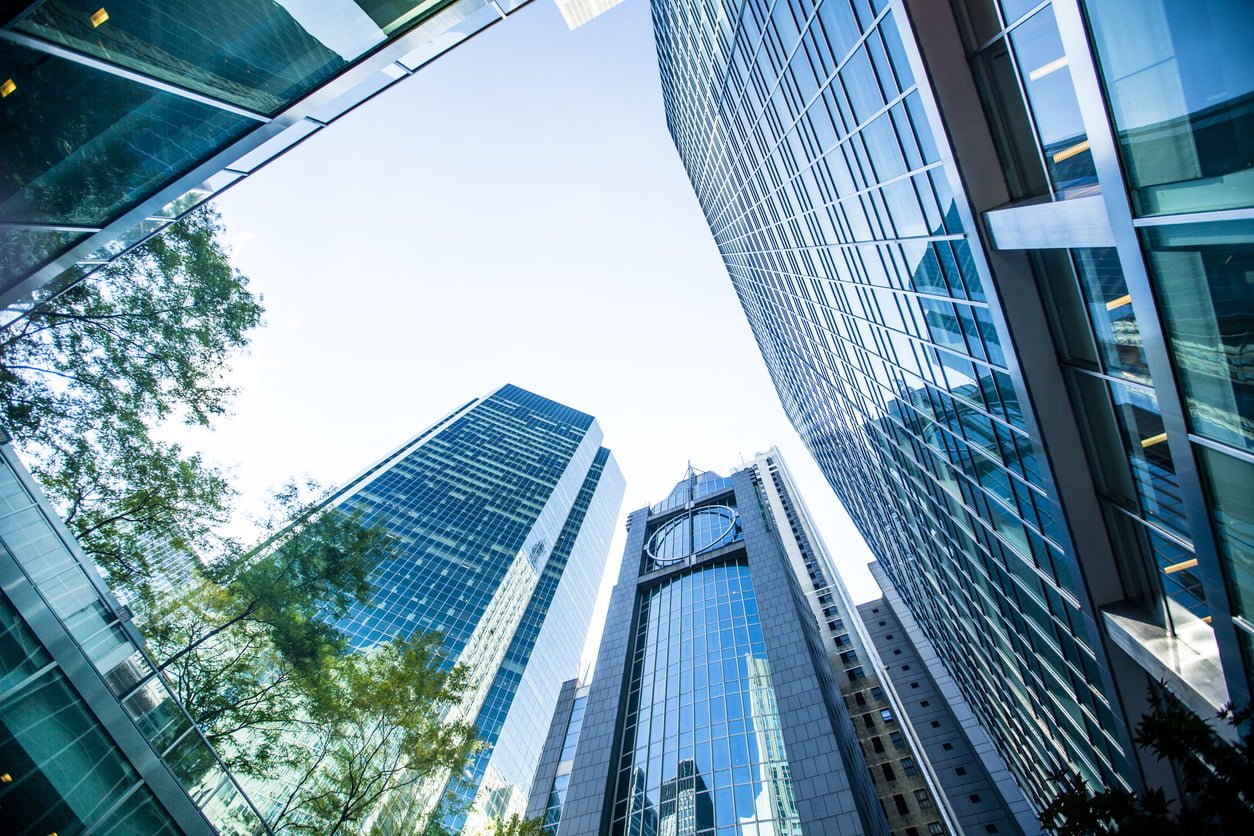With various decarbonization methods offered, many building owners overlook the importance of a building’s construction and foundation in their decarbonization journey.
According to The City of New York’s Mayor’s Office of Sustainability, “[Buildings] that are poorly insulated, have […] significantly higher rates of heat transfer than surrounding materials [that] require additional energy use for heating and cooling to maintain stable indoor air temperatures.”
Building owners and sustainability experts are looking for the fastest, most efficient, and cost-effective way to decarbonize their buildings, especially as regulations requirements become more strict. And while your windows may not be actively producing carbon emissions, they have the potential to make a large impact on your energy usage. In other words, your energy savings are going “out the window” if your windows are not energy efficient.
Continue reading to understand the benefits and drawbacks of window replacements and retrofits while on your decarbonization journey.
Effectiveness
Without sustainably retrofitted windows, heat from the sun will heat your building directly through your windows — a process known as solar heat gain.
There is little statistical evidence on how much window upgrades can save in large buildings. The industry knows that solar heat gain affects how hard your HVAC is working, so more tinted and sealed windows are bound to reduce the energy it takes to cool or heat your space.
But, there is too little data to be able to accurately predict the effectiveness, making this a riskier choice if you’re trying to make significant strides in the immediate future.
Return
Window upgrade costs greatly vary based on building size and location. Though, window upgrades run more expensive per square foot of a building than other upgrades, such as LED light upgrades.
The City of New York’s Mayor’s Office of Sustainability reported that replacing all single pane punched windows cost an average of five dollars per square foot, while the annual cost savings from this upgrade averaged at $0.06 per square foot.
At this rate, it would take over 83 years to realize the financial savings of these upgrades. This makes window upgrades one of the most costly decarbonization initiatives.
Operational Disruption
Window upgrades are one of the most invasive methods of reducing carbon in office buildings. To make these physical upgrades, installation must happen within tenant spaces.
Think of LED lights. When replacing old lights with new ones, tenant spaces are disrupted, but remain an inconvenience during the work day rather than entirely stalling tenants’ ability to work.
Window upgrades also create a learning curve for your operations team. Energy efficient windows means less reliance on your HVAC systems, which means your operations team will have to learn how to maintain this new balance within your building.
This learning period could create unnecessary costs, fluctuating floor temperatures, and steady carbon emissions when your building is not backed with an intelligence platform to make that learning curve as efficient as possible.
Other Considerations
Solar conscious windows lessen the reliance on your HVAC system to maintain temperatures within the buildings. When you combine upgrading your HVAC system with a window retrofit, the two will work together and drive high savings over time.
Another factor to consider is the climate zone of your building. A study conducted by The University of Queensland’s School of Civil Engineering tested different window upgrades on large buildings in three climate zones and found that different types of window retrofits held unique energy reduction impacts in each climate zone.
Tinted glass was most effective in hot summer/warm winter and hot summer/cold winter regions, while clear glass was most energy efficient for cold climates. The less extreme climate temperatures saw the least amount of savings.
Window Replacement & Retrofit to Decarbonize: Is it Worth It?
With the lack of statistical data to back how window retrofits contribute to your decarbonization journey and the high costs, we consider this a lower priority method if you are looking to ensure massive strides in the immediate future.
For more information on how to evaluate popular office building decarbonization methods, download our guide here.
If you want to start making significant strides towards decarbonizing your portfolio, fill out the form below and receive a custom decarbonization plan.







